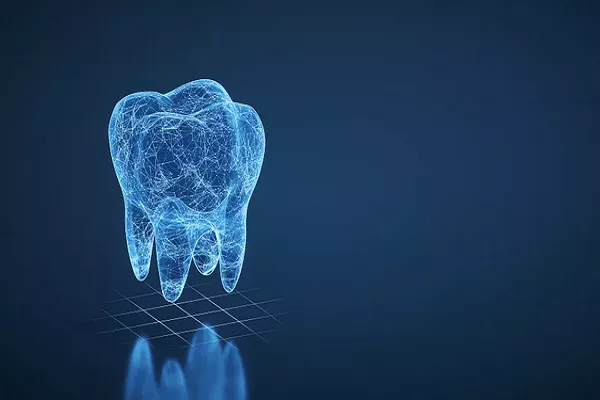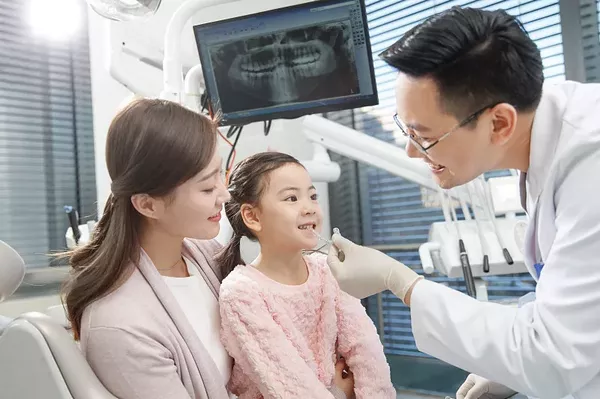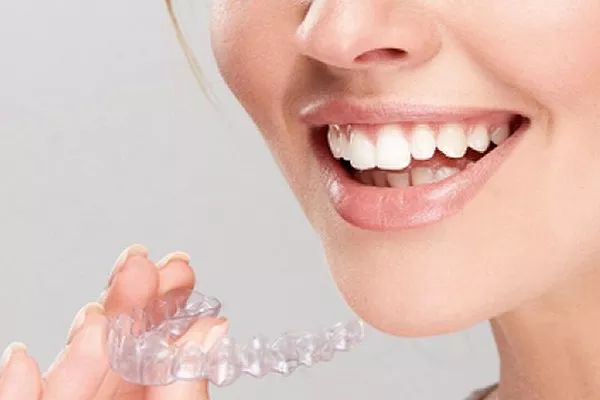In the realm of orthodontic treatment, individuals often find themselves grappling with concerns beyond achieving that perfect smile. One such concern is the coexistence of braces with periodontal disease. Balancing the pursuit of straighter teeth with the challenges posed by gum health may seem daunting, but with the right information and proactive measures, it’s entirely possible to navigate this journey seamlessly.
Understanding the Relationship Between Braces and Periodontal Disease:
Braces are designed to align teeth and correct bite issues, but their presence can impact oral hygiene, potentially contributing to periodontal concerns. To grasp the intricacies of this relationship, let’s delve into the key factors at play.
a. Bracket and Wire Challenges:
Braces, composed of brackets and wires, create additional surfaces where plaque and bacteria can accumulate. This can intensify the risk of gum inflammation and, if left unmanaged, progress to periodontal disease.
b. Oral Hygiene Challenges:
Negotiating oral hygiene with braces demands extra diligence. Traditional brushing and flossing techniques may require modification to ensure comprehensive cleaning, minimizing the risk of gum issues.
Maintaining Optimal Oral Hygiene During Orthodontic Treatment:
Recognizing the unique demands imposed by braces, adopting a proactive approach to oral hygiene is paramount in preventing periodontal complications.
a. Specialized Oral Care Tools:
Invest in orthodontic-friendly oral care tools, such as interdental brushes and floss threaders, to effectively clean between brackets and wires. This targeted approach reduces the risk of plaque buildup.
b. Regular Dental Check-ups:
Scheduled dental check-ups become even more crucial during orthodontic treatment. Professional cleanings and assessments allow for early detection of any emerging gum issues, ensuring timely intervention.
c. Balanced Diet:
Nutrition plays a pivotal role in oral health. Embrace a balanced diet rich in vitamins and minerals, promoting gum health and overall well-being during the orthodontic journey.
Addressing Periodontal Concerns Concurrently:
Acknowledging the presence of periodontal disease alongside orthodontic treatment necessitates a dual-pronged strategy for effective management.
a. Collaboration Between Orthodontist and Periodontist:
Establish open communication between your orthodontist and periodontist. This collaborative approach ensures a comprehensive understanding of your oral health status, enabling tailored strategies for both braces and periodontal care.
b. Periodontal Treatment Planning:
If periodontal disease is already present, a customized treatment plan is essential. This may involve scaling and root planing procedures to address gum issues concurrently with the ongoing orthodontic treatment.
The Role of Patient Education in Preventing Periodontal Complications:
Empowering patients with knowledge is a cornerstone in the prevention of periodontal complications during orthodontic treatment.
a. Educational Resources:
Orthodontic practices can enhance patient education by providing informative resources, both online and offline, to guide individuals in maintaining optimal oral hygiene and recognizing signs of periodontal concerns.
b. Communication and Follow-up:
Regular communication between the orthodontic team and patients ensures ongoing support. Encourage patients to report any unusual symptoms promptly, fostering a proactive approach to their oral health.
Realizing the Long-Term Benefits:
Beyond the challenges posed by the coexistence of braces and periodontal disease, the journey holds the promise of a healthier and more aesthetically pleasing smile.
a. Improved Oral Health Post-Orthodontic Treatment:
Successfully navigating the challenges contributes to improved oral health. Post-orthodontic treatment, maintaining vigilant oral hygiene practices continues to safeguard against periodontal issues.
b. Enhanced Self-Confidence:
The ultimate reward of the orthodontic journey is a confident smile. Addressing periodontal concerns concurrently ensures that the journey not only corrects misalignments but also promotes overall oral well-being.
Conclusion:
In conclusion, the question of whether one can have braces with periodontal disease is met with a resounding “yes.” However, it comes with the responsibility of adopting a proactive and informed approach to oral care.
Related Links:
What causes gum pain and swelling?
What does a gum graft look like while healing?
What is the first sign of gum disease?




























